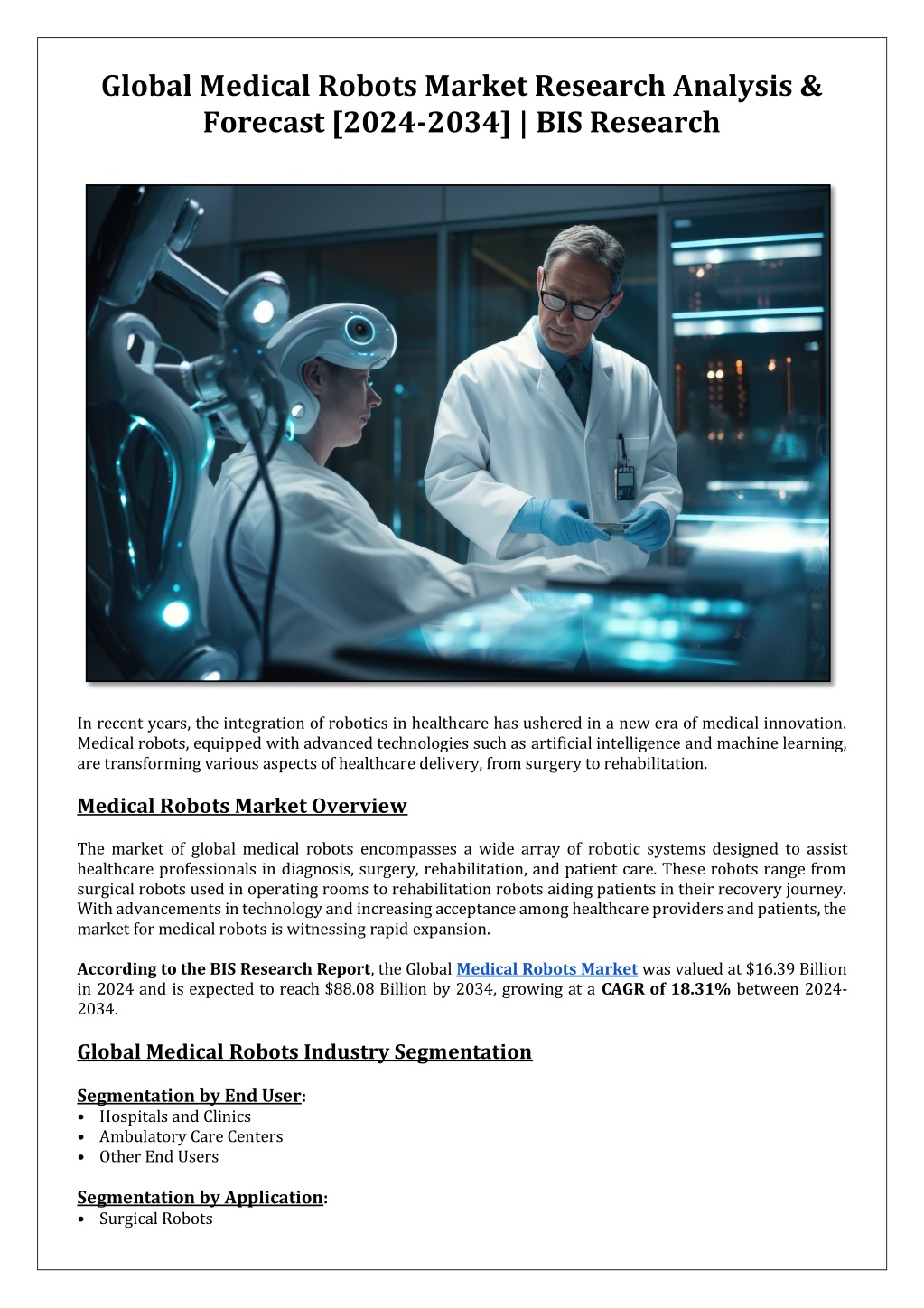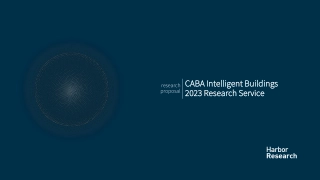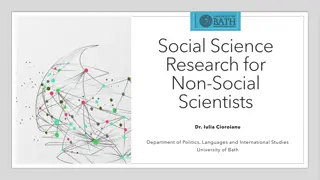
Global Medical Robots Market Research Analysis & Forecast [2024-2034]
According to the BIS Research Report, the Global Medical Robots Market was valued at $16.39 Billion in 2024 and is expected to reach $88.08 Billion by 2034, growing at a CAGR of 18.31% between 2024-2034.
- Medical Robots Market
- Medical Robots Market Report
- Medical Robots Market Research
- Medical Robots Industry
- Healthcare
- Robotics and Imaging
- BIS Research
Uploaded on | 5 Views
Download Presentation
Please find below an Image/Link to download the presentation.
The content on the website is provided AS IS for your information and personal use only. It may not be sold, licensed, or shared on other websites without obtaining consent from the author. Download presentation by click this link. If you encounter any issues during the download, it is possible that the publisher has removed the file from their server.
Presentation Transcript
Global Medical Robots Market Research Analysis & Forecast [2024-2034] | BIS Research In recent years, the integration of robotics in healthcare has ushered in a new era of medical innovation. Medical robots, equipped with advanced technologies such as artificial intelligence and machine learning, are transforming various aspects of healthcare delivery, from surgery to rehabilitation. Medical Robots Market Overview The market of global medical robots encompasses a wide array of robotic systems designed to assist healthcare professionals in diagnosis, surgery, rehabilitation, and patient care. These robots range from surgical robots used in operating rooms to rehabilitation robots aiding patients in their recovery journey. With advancements in technology and increasing acceptance among healthcare providers and patients, the market for medical robots is witnessing rapid expansion. According to the BIS Research Report, the Global Medical Robots Market was valued at $16.39 Billion in 2024 and is expected to reach $88.08 Billion by 2034, growing at a CAGR of 18.31% between 2024- 2034. Global Medical Robots Industry Segmentation Segmentation by End User: Hospitals and Clinics Ambulatory Care Centers Other End Users Segmentation by Application: Surgical Robots
o General Surgery o Gynecology Surgery o Urology Surgery o Orthopedic Surgery o Neurological Surgery o Others Radiosurgery Robots Rehabilitation Robots o Assistive Robot o Exoskeleton o Others Segmentation by Region: North America Europe Asia-Pacific Rest-of-the-World North America and Europe dominate the market, driven by advanced healthcare infrastructure, supportive regulatory frameworks, and strong investment in research and development. Asia-Pacific is poised for significant growth due to rising healthcare expenditure, increasing demand for advanced medical technologies, and expanding geriatric population. Access More: Download FREE Sample Report (PDF) on Global Medical Robots Market Research. Key Market Drivers and Trends Several factors are driving the growth of the global medical robots market: Precision and Accuracy: Medical robots offer unparalleled precision and accuracy. They reduce the margin of error in surgical procedures. Enhance patient outcomes significantly. Revolutionize surgical techniques. Minimally Invasive Surgery: Increasing demand for minimally invasive surgical procedures. Benefits include shorter hospital stays, faster recovery times, and reduced postoperative complications. Medical robots play a crucial role by providing surgeons with enhanced dexterity and control. Aging Population: Global demographic shift towards an aging population. Increase in prevalence of chronic diseases and age-related conditions. Medical robots assist in healthcareneeds of the elderly. Tasks include medication management, mobility support, and rehabilitation. Technological Advancements: Robotics, artificial intelligence, and sensor technologies have advanced significantly. Propel the development of sophisticated medical robots. Equipped with features like real-time imaging, haptic feedback, and autonomous navigation. Enhance capabilities and usability in clinical settings. Future Market Challenges and Opportunities While the prospects for the global medical robots market are promising, several challenges persist, including high initial costs, concerns regarding safety and liability, and regulatory hurdles. However,
ongoing technological innovations, collaborations between industry stakeholders, and the growing trend towards value-based healthcare present opportunities for market expansion and diversification. Conclusion The Global Medical Robots Industry represents a dynamic and rapidly evolving landscape, driven by technological advancements, changing demographics, and the pursuit of better healthcare outcomes. As medical robots continue to demonstrate their efficacy in improving patient care, enhancing surgical precision, and enabling novel treatment modalities, they are poised to play an increasingly integral role in the future of healthcare delivery worldwide. With ongoing innovation and collaboration, the medical robotics industry is primed to address current and emerging healthcare challenges, ushering in a new era of transformative medicine.
















































